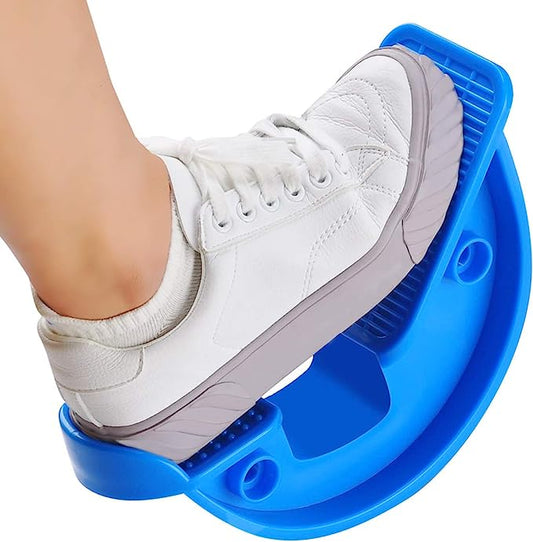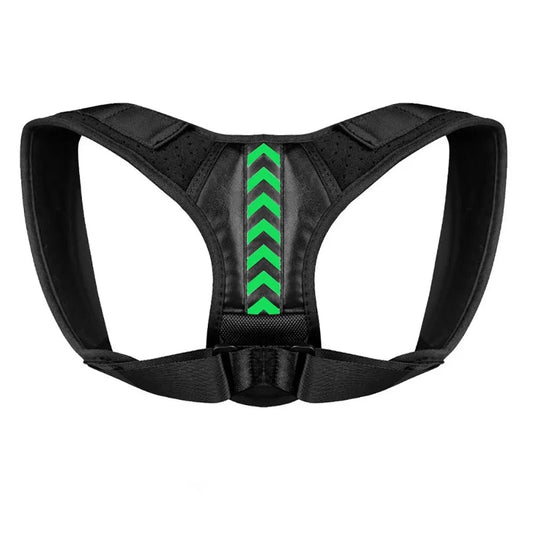However, before I tell you my story I want to first address some miss-conceptions people have on why it maybe be causing them back pain as a result of performing it.
Reasons For Back Pain From Doing The Plank
The plank can impact on our lower back if we are performing it incorrectly with poor form. If we continue to do this then it will eventually have a negative effect in our lower back.A quick way to know if we are doing the plank exercise correctly is to glance under and to see our position (difficult to see if you are wearing a baggy t-shirt however).

If you see a clear view to your feet in a straight line, chances are its correct. You can also perform it in front of the mirror to help you which is what I often do.
The following are the key reasons you may be experiencing back pain from performing the front plank exercise:
1. Pelvis tilted too far forward (arched back)

As you can see above, the hips and stomach is sagging down towards the ground. This is often due to poor form which creates a significant arch in the lower back putting un-natural pressure on your spine. Your core muscles aren't even being used in this position and your vertebrae and spinal ligaments are being over worked. This defies the purpose of the plank!
2. Chest too low to the ground (rounded back & hunched shoulders)

Here the chest is dropping too much towards the floor instead of being kept upright. The shoulders will also feel hunched as a result adding extra pressure to your shoulder blades.
3. Hips too high (butt in the air)

You don't need to be a rocket scientist to realise this is totally incorrect. Your butt is way to high and arched up doing nothing to activate your core muscles that support your spine.
The Correct Plank
The correct way to perform the plank is to keep your back 'flat', engage your abs, glutes, quads and chest to help you maintain a straight line from your head to your feet:

I hope the above pointers help you in avoiding any unnecessary pain when performing the plank to help you with your lower back strength.
I will now give you a little story of how the plank came to my rescue following an injury when I was due to take a long haul flight. Continue reading if you want to hear about how the plank was used in context for fixing my lower back.
A Little Background
The flights had been booked for over three months, the date for flying was approximately 5 weeks away, my wife and I were getting very excited as this was our first holiday together with our 3 year old son.
However, the excitement of the holiday soon brought a dull cloud over me when i suddenly injured my lower back at the gym which prevented me from standing or sitting without feeling discomfort or severe pain.
I started to panic, 'How will I sit on a cramped plane?', 'I'm 6ft tall, there's no way I can manage a long-haul flight!'.
I soon got on to google and looked up the nearest physiotherapy clinic and booked myself in. "So how can I help you" asked the physiotherapist. "I'm flying to Singapore in 5 weeks time, I've injured my lower back and I'm dreading the flight, can you fix me in time?".
Road To Recovery
After the initial one hour assessment, I was prescribed a treatment plan which consisted of two 30 minute visits each week where the physiotherapist applied massage, stretches and heat therapy to help heal the various injured areas.
Towards the final week, full body movement was restored, however, I still didn't feel confident that I would be able to manage the flight or carry all the bags due to the back muscles feeling very weak from the lack of resistance training which had been postponed during the healing and recovery phase.
Enter the plank! For the final week leading up to the departure date, I was prescribed strengthening exercises which consisted of performing the front plank and side plank exercises daily as these would help strengthen the lower back.

My Morning Routine
Therefore, on doctors orders, I got started with my plank regime. Each morning I would wake up and the first thing I would do is the try and hold the front plank. I would initially aim for 10 seconds, however this would gradually increase to 30, 40 & 60 seconds are my lower back became stronger and better supported.
I also performed the side plank as these muscles work in conjunction with the lower back and used the same approach of starting with a 10 second hold and gradually increased this as it became easier to perform.
D-Day Arrived
The departure day finally arrived and I was as good as I could be to manage the long journey ahead. I was able to carry the luggage and was able to enjoy the flight without too much pain or discomfort thanks to the treatment plan prescribed by the physiotherapist.
The plank exercise is a great way to get started for strengthening the core muscle groups. However please seek advice from a medical professional first in-order to avoid injury and keep in mind the following 3 pointers:
1. Ensure the pelvis isn't tilted too far forward.
2. Ensure the Chest isn't too low towards the ground.
3. Ensure the Hips are not too high in the air.




